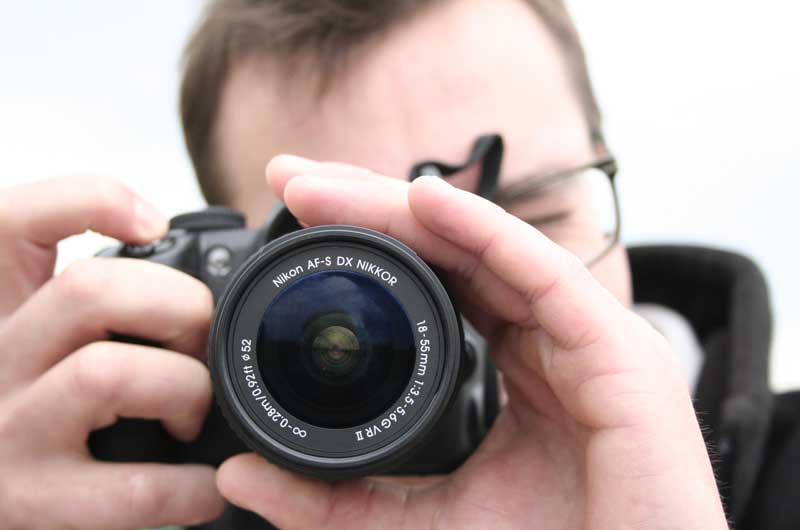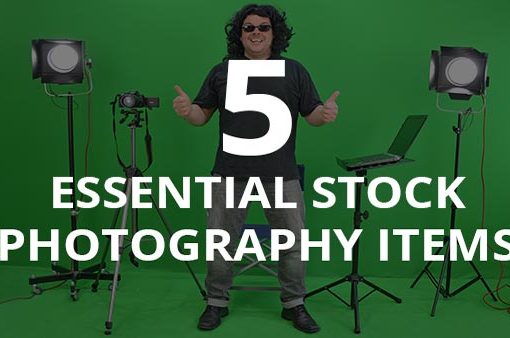
There are a bewildering array of lenses available from many different manufacturers. Knowing which to choose for a beginner can be a minefield. Here are some basics which you need to know.
- With regard to how much a lens can “see”, there are 2 types of lens. Zoom lenses and fixed focal length lenses. A zoom lens allows you to fit more or less into your photograph. With a zoom lens, if you want to include more of a scene in your photograph, you “zoom out” to the wide angle end of the zoom range. If you want to include only a distant part of a scene, you “zoom in” to the telephoto end of the zoom range. With a fixed focal length lens, if you want to include more or less of a scene, you can only do so by moving the camera closer to or further away from the scene. The most common term to describe how much a lens can see” is “Field of View”.
- Not all lenses will allow your camera to use its auto-focus feature. Be aware that a manual focus lens will not auto-focus on any camera.
- Not every lens will fit onto every camera. Most lenses attach to a camera using a bayonet style of physical connection to “mount” the lens onto the camera. One end of the lens fits snugly against the camera body by protruding slightly through the front of the camera. The lens is held in place by rotating the lens until a safety clip clicks into place. The Mount type of the camera body must match the Mount type of the lens.
- Lenses can be very expensive. If you decide to upgrade your camera in the future, choose another camera with the same lens mount and you won’t need to replace most of your lenses as well.
- How much of a scene can be seen by a lens is measured in millimetres (mm). When a lens is described as being a certain “mm”, the term for this is “focal length”. A 50mm lens has approximately the same field of view as the human eye. A 24mm lens has a shorther focal length and wider field of view. It can “see” more of a scene. This would be described as a wide angle lens. A 200mm lens has a longer focal length and narrower field of view. It allows distant objects to appear as though they are closer. This would be described as a telephoto lens.
Here’s where it gets a little complicated.
The size of the electronic sensor inside a camera also affects the field of view of a lens. For example, a 50mm lens only has the same field of view as the human eye if the lens is used with a “full frame” camera. The 50mm lens has a narrower field of view on an APS-C camera and an even narrower field of view on a Compact System Camera. We’ll explain why in a future article. For now, it’s easy to calculate the difference. A micro four thirds sensor is half the size of full frame and APS-C is about 3/4 the size of full frame. Therefore, to achieve a field of view equivalent to the human eye on a micro four thirds camera, you will need a 25mm lens. For an APS-C camera you will need a 35mm lens.
It get’s easier now.
Most camera manufacturers offer camera kits where they include one or two lenses with a camera body. They might also include a strap, carry case or other accessories. These kits which are aimed towards beginners offer very good value for money. If you’re completely new to photography, we recommend that you choose one of these kits with one moderate range zoom lens. Typically, full frame cameras are offered with a zoom lens of 24 to 105mm. APS-C cameras are often offered with a zoom lens of 18-55mm. Compact System cameras are usually offered with a 14-40mm zoom lens. All these lenses have a similar field of view. They all make a fantastic starting point for the beginner.
These bundled lenses are often called Kit Lenses. Sometimes, photography enthusiasts look down on these lenses as being inferior. Don’t allow anyone to put you off considering a kit lens. Remember, the camera manufacturer is wanting you to buy a whole collection of lenses to go with your new camera. They realise that if they supply a low quality lens with your first camera, you are not very likely to buy any more lenses from them! A zoom lens with a range mentioned above will be comfortable to carry around. It won’t be too bulky or heavy. It will give a good introduction to photography. They are often classed as a “walk around” lens due to their versatility at capturing many different photography styles encountered whilst walking around the town or countryside.
Once you gain some knowledge of photography, you’ll begin to understand the reasons why there are so many different lenses. Many of them cover specific areas of photography. Someone interested in macro or close-up photography requires a different lens to a landscape photographer or a wildlife photographer. We’ll have closer looks at many lenses in future articles.




